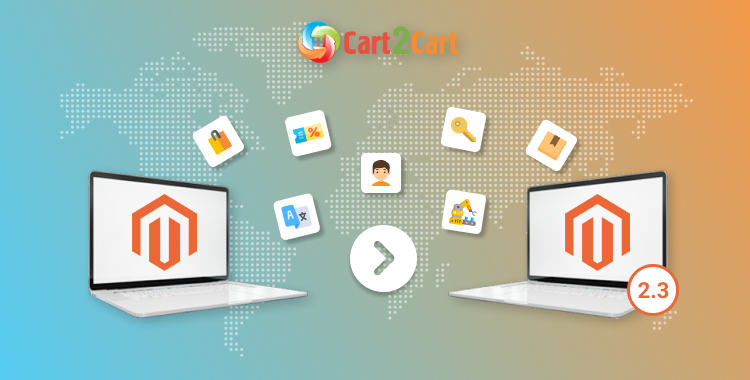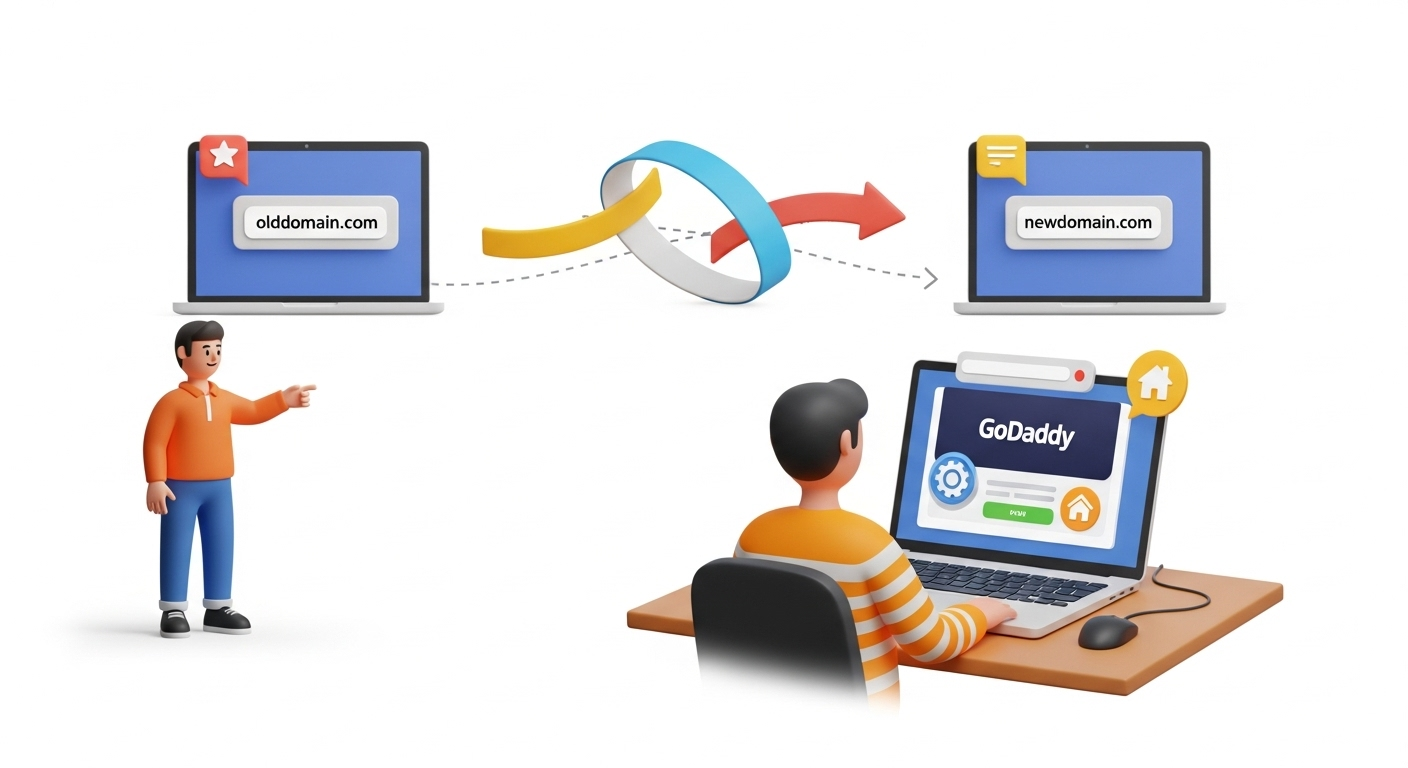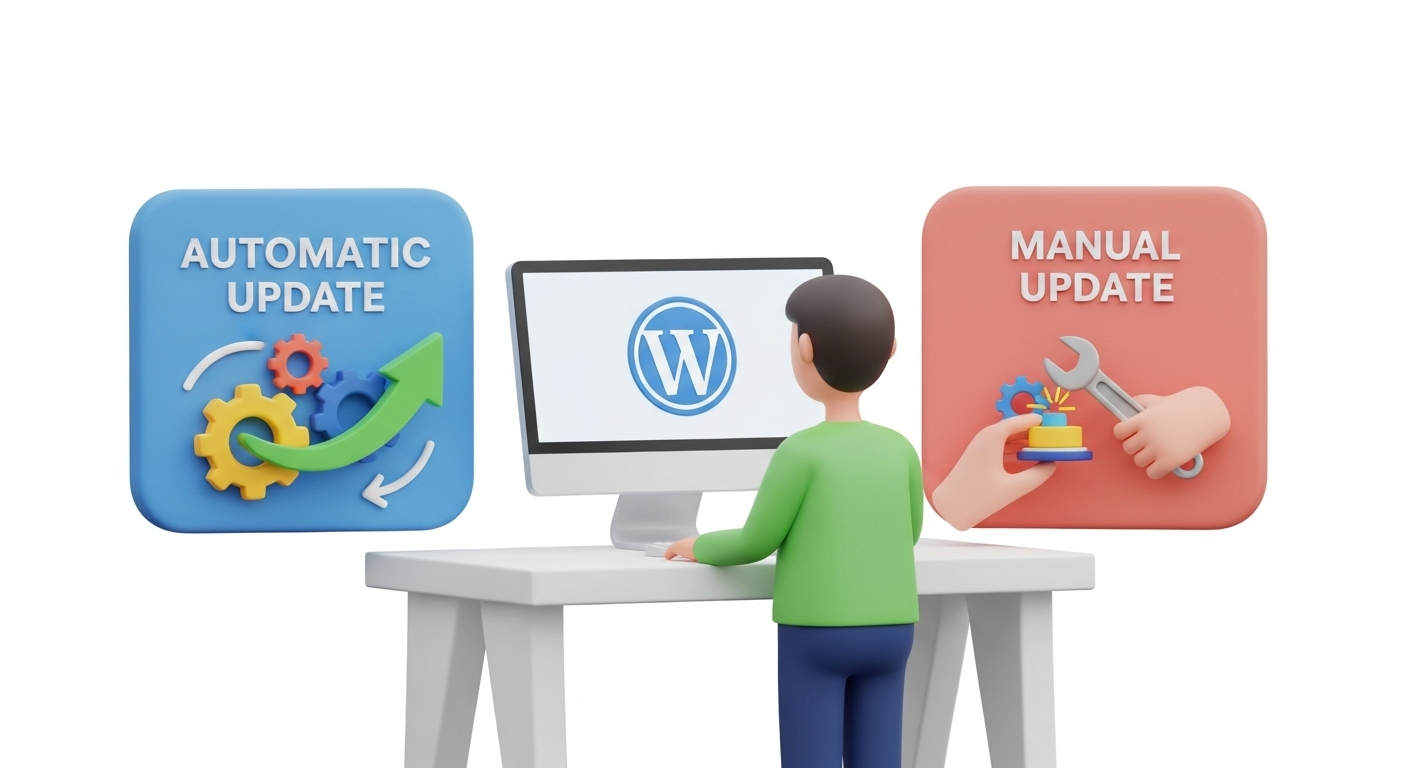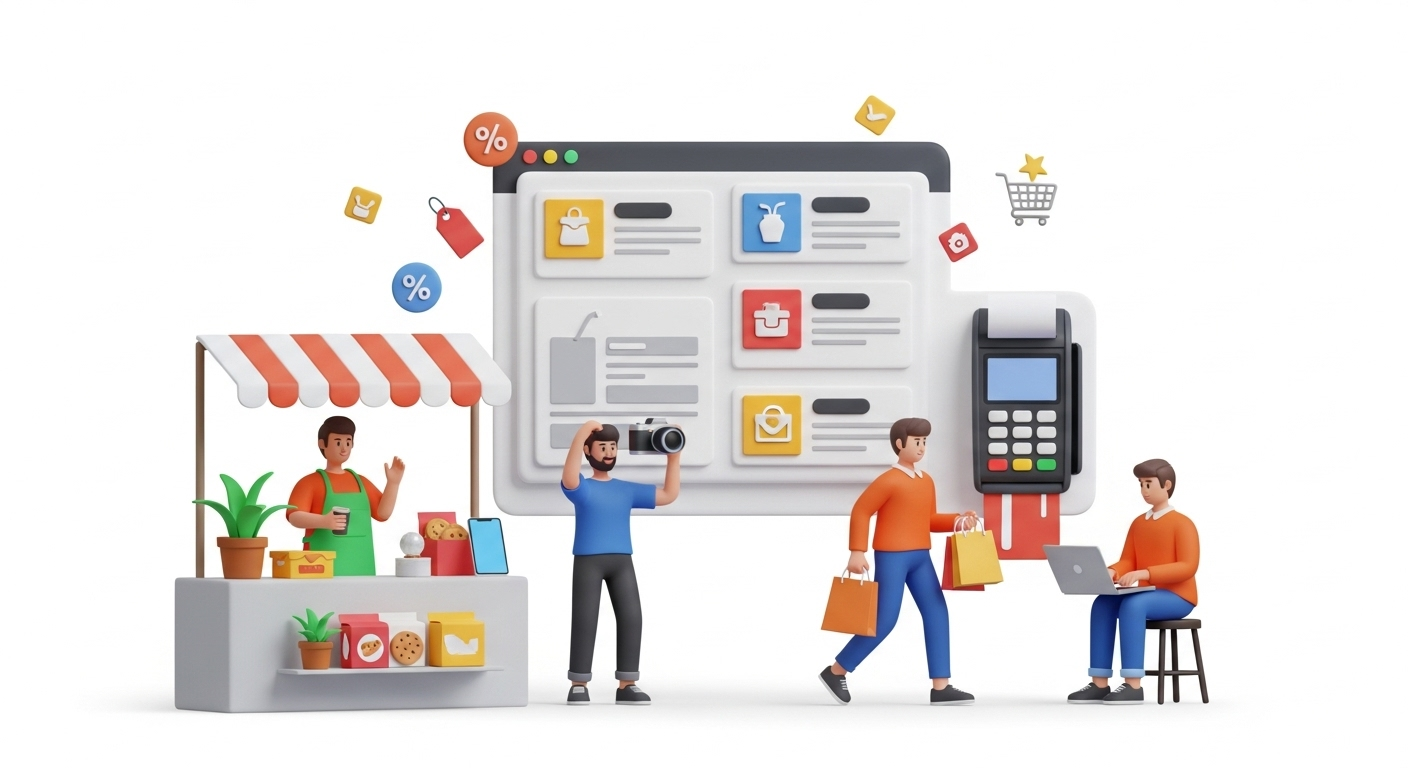Wondering whether you should upgrade to the latest version of Magento? If not upgrade - will the store stop working? Will it be working as it always has? If Yes - how to upgrade it to the newest version? Read the post to find out answers to these and many other migration-related questions
In the fast-changing era of web technologies, Magento is evolving as well. Thus, with the release of new versions, the older ones become the end of life. If you’re on version 1.x, which reached its end-of-life years ago, now is a perfect time to upgrade and move to a modern, supported version of Magento.
Why Upgrade to the Latest Magento Version?
It is important to realize that even if your website seems to be working exactly the same way it always has, you should be planning an upgrade to the latest version due to the following reasons:
- Multi-Source Inventory (MSI) makes it possible for the store admin to manage multiple stores.
- GraphQL Support - an API technology that enables progressive web apps to push and pull information from the Magento store using smaller packets of data.
- Progressive Web App (PWA) - is an application that uses the latest technology to combine both web and mobile applications aiming to help developers create online stores as progressive web apps.
- Page Builder helps in creating custom pages with simple drag and drop functionality for adding videos, images, etc.
- Declarative DB Schema defines database tables in XML rather than in install scripts. Therefore, the upgrading and installation process is much easier with modern versions of Magento.
- Asynchronous and Bulk Web API makes it easy to run multiple API requests at the same time. This implies that integrations won’t need to wait for requests’ completion when making the calls.
- Elasticsearch is a third-party search engine that helps to improve the speed and relevance of the online store search results.
- Support for Modern PHP versions (8.2+) aims to enhance performance and security, adding new features to the platform.
Considering the features mentioned above, we highly recommend you to upgrade Magento to its latest version. The Magento upgrade process can be tricky and time-consuming. Although, the benefits of getting to the newer version are completely worth the cost of the upgrade.
Not sure where to start? Keep reading the post and discover 3 possible scenarios to get around the problem.
How to Upgrade to the Latest Magento Version?
Once you’ve made the right choice to upgrade to the latest Magento version and benefit from its great features and improvements - there’s one more challenge to step over. Migration across releases (if performed manually) is quite a daunting task that requires a certain level of programming experience. There are undoubtedly lots of highly-experienced developers and experts who will gladly give you a hand, though it can cost you a pretty penny. As an alternative, you can use automated migration services (like Cart2Cart) that have been specifically developed to make the upgrade process clean and error-free. Notably, an automated migration is much easier than manual, cheaper than hiring a programmer, and less frustrating in general. Interested yet? Scroll down to find a step-by-step instruction.
Magento Upgrade: The Cart2Cart Roadmap
How to Prepare for the Upgrade?
Before initiating the upgrade process, we urge you to consider these pre-migration tips and to:
- Outline your plan and set up a schedule. Take time to prioritize the most complex and tedious tasks and address them in order of their importance.
- Perform a thorough analysis of the eCommerce items and get rid of those disabled or unwanted products. For more details on preparing your source, refer to our guide on how to prepare your source store for migration. Furthermore, remove attributes and attribute sets that are no longer linked to products and remove any unused categories (this Moz guide can come in handy).
- Besides, take advantage of the Migration Preview option. It allows you to see how your current Magento data (products, customers, orders, etc.) will look on the latest Magento platform.
- Make a backup of the current Magento database to avoid any possible risks. Since eCommerce entities are the core of your future database, make sure to exclude any possible information loss.
- If your source store is in more than 2 languages, you need to create the corresponding number of Store Views on Magento to migrate different languages in. Here’s the tutorial on how to do it.
- If you would like to save your customers from the hassle of password recovery after migration to Magento, you can install a free Cart2Cart Magento 2 Passwords Migration Plugin before the migration. Don’t forget to select the “Migrate customers' passwords” option in the Migration Wizard (after you select the data to migrate).
Note: Since the differences between the various versions of Magento are so large and substantial, it is rather a migration, not just an upgrade. The store entities will be transferred from one store to another, therefore, the process can be called “Migration Magento to Magento”.
Magento Upgrade Itself
Set up the Source & Target stores
With that being said, now comes the real part of the migration. To initiate the process of upgrade, specify Magento as your Source & Target cart. There is no need to provide both store versions - the Migration Wizard will define them automatically. Once done, insert the stores’ URLs in the appropriate fields and download the Connection Bridge. This file will establish a connection between the two stores.
If you want to see the process of bridge installation in progress, watch our video tutorial:
Choose data
Now you can proceed with specifying the store entities you wish to upgrade. The following data can be transferred from an older Magento version to the latest one:
- Products,
- Product categories,
- Manufacturers,
- Taxes,
- Customers,
- Orders,
- Coupons,
- Reviews, etc.
Also, you can benefit from additional migration options or even our migration customization service to broaden the functionality of data import. To be more specific, you can “Create 301 redirects to your Target Store” to make the old links working and to minimize SEO impact after the switch. “Preserve order/customer IDs on Target store” option will allow saving the Source store order/customer IDs on the Target store after migration. With the help of the “Migrate customers’ passwords” options, you’ll make it possible for your customers to log in to your new Magento store using their current store credentials.
Note: With Cart2Cart you pay only for those items you actually move, and the price of the Magento upgrade depends only on the number of entities to be imported.
What’s more, during this step of the migration wizard, you can map order statuses and customer groups. Select the necessary descriptions and all the data will be transferred respectively.
Try out Demo migration
Now when you have everything ready for the Magento to Magento migration, you can test the service in action by running Demo migration (it’s totally free). Performing Demo Migration, you’ll get the results within half an hour.
Launch Full migration
Full Migration usually takes from a couple of hours to be finished (though it depends on the number of entities). After you press the Start Full Migration button, it is safe to close the browser window and come back to managing your business.
Post-Migration Recommendations
Once all your current Magento store data is successfully transferred to the new Magento version (you’ll get an email notification), we recommend performing some steps to finalize the upgrade process and make the new Magento version ready to go.
- Thoroughly test your new Magento store (in terms of checkout, customer registration, product management) for possible issues.
- Reindex data to make the imported entities visible on the front end. In the Admin panel go to System → Index Management. Select those items that require reindexing. After that, go to Actions → Update on schedule / Update on Save.
- Clear store’s cache. Go to System → Cache Management. Specify the cache types you want to refresh. Select Refresh action from the popup list and click Submit. Apart from this, you may also Flush Magento Cache or Flush Cache Storage. Follow the link for more detailed info on post-migration store management.
- Furthermore, choose the new Magento 2 theme and download all the necessary modules from the Magento Marketplace. Read our post about top Magento 2.x modules in 2025 to get more ideas on store management.
- Don’t forget to notify your clients about the shopping carts switch and ask them to inform you about any troubles.
A Few Final Words
To sum up, upgrading to the latest Magento version is not always an easy task, but with the proper planning and right tools, you’ll be able to do it on time, on budget and with satisfied customers. Don't wait any longer, perform Demo migration today and grow your business in the future!
Note if you wish to switch Magento to some other platform, take a look at our post 6 Powerful Magento 1.x Alternatives That Are Worth Checking Out
Monthly Update – December 2025
As we close out 2025 and prepare for the new year, a pivotal trend for Magento store owners is the deeper integration of AI for hyper-personalization and streamlined operations. Beyond basic recommendations, advanced AI algorithms are now crucial for predicting customer behavior, optimizing inventory levels in real-time, and even automating personalized content generation across various touchpoints. Consider implementing AI-driven tools that analyze purchasing patterns to offer dynamic pricing, highly relevant product bundles, and proactive customer service. This not only enhances the shopping experience but also significantly boosts conversion rates and customer lifetime value. Furthermore, with the surge in post-holiday returns, AI-powered analytics can help identify patterns in return reasons, allowing for proactive adjustments in product descriptions or fulfillment processes to reduce future instances. Investing in robust, scalable AI infrastructure will differentiate your Magento store in a competitive market, ensuring you're not just reacting to trends but setting them. The goal is to create a seamless, intuitive, and highly individualized journey for every customer, making their interactions with your brand more engaging and efficient. For more details, explore our FAQ section or schedule a call with a migration expert.









